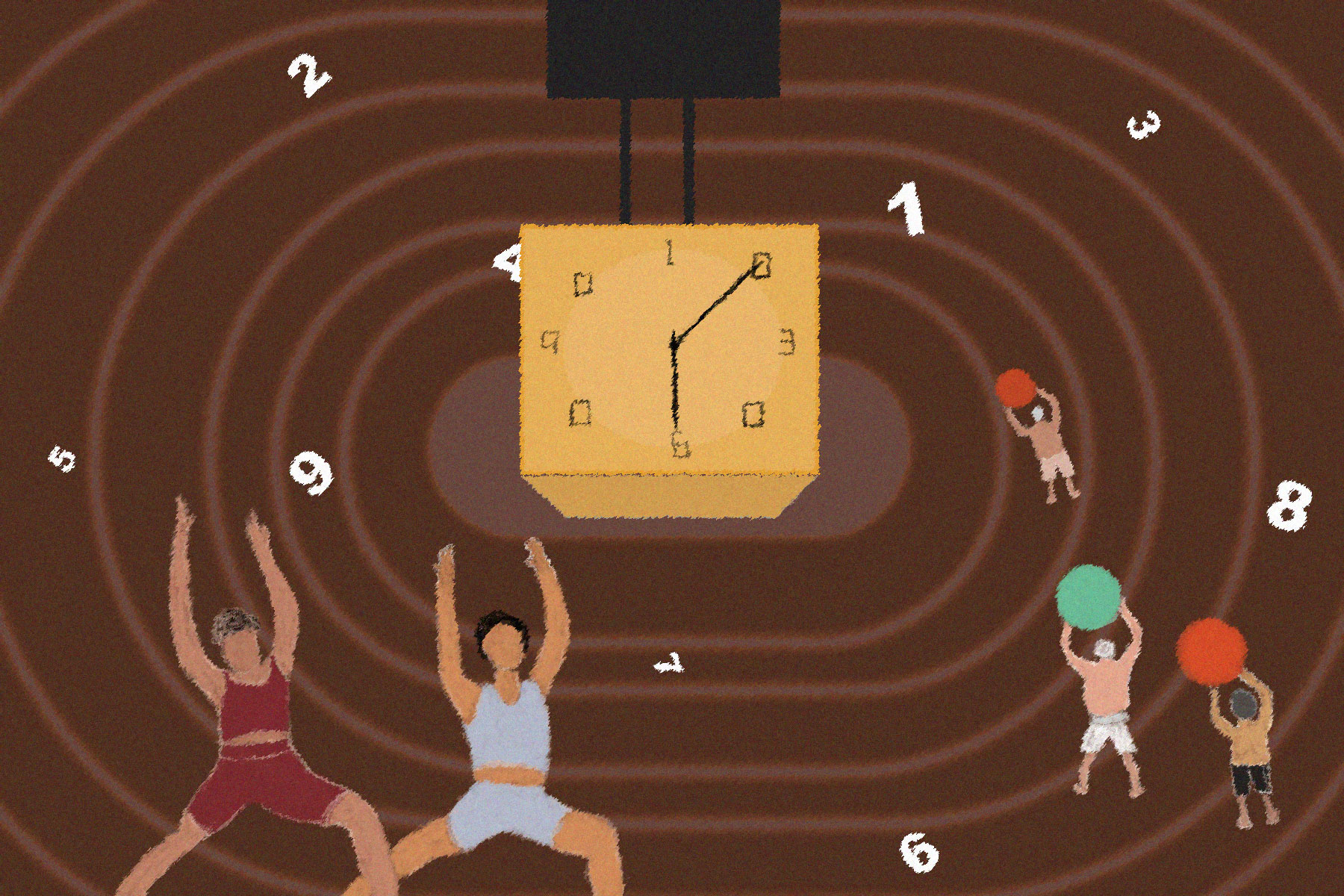The rise of gym culture has become a polarizing experience. On the one hand, gym advice is more accessible than ever before. People are more willing to share their knowledge about fitness routines and weekly meals online. Meal prep ideas from content creators across a variety of cultural backgrounds make nutritious meals more approachable. In that vein, the gym community has the potential to be a supportive and inclusive space for everyone — regardless of where people are in their personal health journeys.
However, the reality is that, though most creators mean well, fitness is never one-size-fits all. Creators who simply share the personal routines that align with their tailored fitness goals are not an issue. Online users who go so far as to belittle people for not being capable of doing certain exercises have become an unfortunate trend. Many content creators have an undertone of superiority in their videos, implying that their routines rein above other forms of exercise. They cultivate a damaging perspective not only toward the gym but toward the overall idea of health. Since most creators feel biased toward their own routines, they make the concept of going to the gym much less palatable to beginners. Advice tends to be fiery and concrete, leaving little room for flexibility and straying from the realities of most people’s lives. Fitness creators’ ignorance toward other people and their health often forms a barrier between beginners and the gym.
A fair amount of the content on social media is misinformation as well. So, in addition to perpetrating a condescending attitude toward viewers, many creators perform fitness movements erroneously in their videos. Many influencers are either unlicensed in fitness instruction or lack credibility to bolster their claims — personal image is their only credential. Fitness has become a game of aesthetics rather than a nourishing part of health and wellness. Striving to feel good and develop a positive body image is a commendable goal, but people must place boundaries between the bombardment of advice and reality.
When examining influencers’ videos, check their credibility and make sure that the advice they give falls within the scope of their credentials. Ensure that, above all, creators prioritize keeping the mind and body safe over any other piece of advice.
Another harmful trend that gym culture has perpetuated is accusatory content. Sometimes, people forget that the gym is a shared, public space. Harassment is never acceptable, but gym culture has marred the line between true harassment and harmless behavior. Content creators are using their cameras as opportunities to claim desirable gym spaces for themselves, publicly shaming people who accidentally or unknowingly get in their frame. Some content creators even take it a step further and directly make fun of the people in their frame for the exercises they choose or the way they look. It is bullying under the guise of a funny video. Though these creators have the power to simply and kindly inform people that they are recording, many still choose to foster a malignant environment.
Furthermore, the trend of revenge-centered fitness is making the rounds online once more. This trend shifts the focus of exercise from the practice of physical and mental mindfulness to temporary, fleeting feelings of self-hatred. Usually, content creators use dim lightning to further create a solemn environment. Though the pain of a heartbreak or insults may temporarily serve as motivation to hit the gym, these emotions are not viable reasons to practice fitness. While people should acknowledge their need for improved health, they must recognize that using hatred as an enduring catalyst for physical change is neither a healthy nor sustainable solution.
The plethora of toxic trends within gym culture leave little room for beginners to feel safe. Amid the clamor over optimal workouts, the most important aspect of exercise grows muffled: consistency. Types of exercise are as extremely personal as tastes in music. If someone claimed that jazz is the best genre and that listening to it more than any other type of music makes people richer, few would accept that claim without reasonable evidence. Sustainability is key — regardless of people’s personal exercise preferences. Finding a form of exercise that is enjoyable and healthy is more important than the type of exercise in the long run.
In order to make a routine sustainable, people must integrate it into their established commitments, rather than the other way around. Creating small, weekly goals and physically noting down progress can be helpful as well. People can also find creative ways to use the equipment in their personal environments to facilitate exercise. Diet is crucial as well. There are many creators on social media who find ways to transform dense foods into healthier versions. For example, TikTok creator Tom Walsh shares meal prep ideas based on comfort foods like pizza, burgers and more.
Gym culture can be confusing and oftentimes intimidating for beginners. Amidst the contesting advice, however, are many genuine creators whose goal is to help people. By researching the credentials of each creator and remembering that diet and exercise are extremely personal, fitness becomes much easier, and gym culture becomes more accessible.















